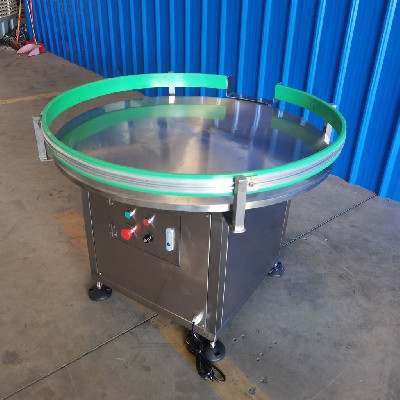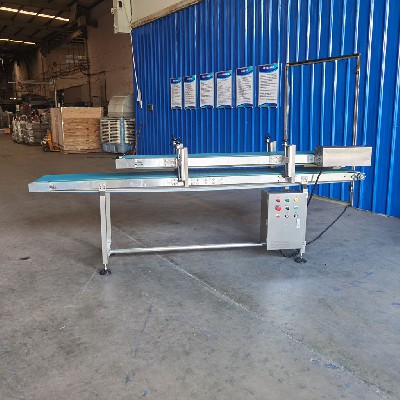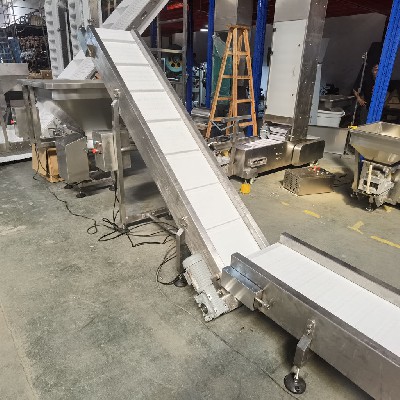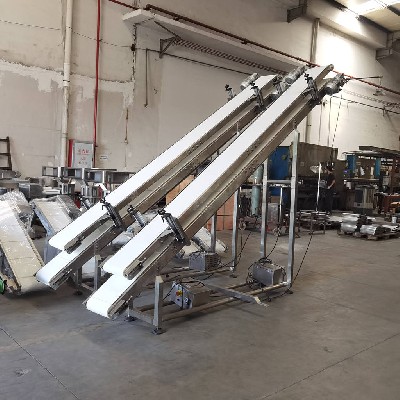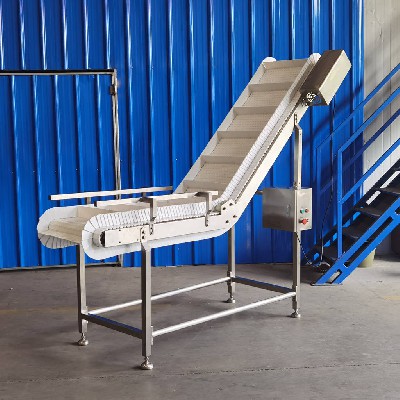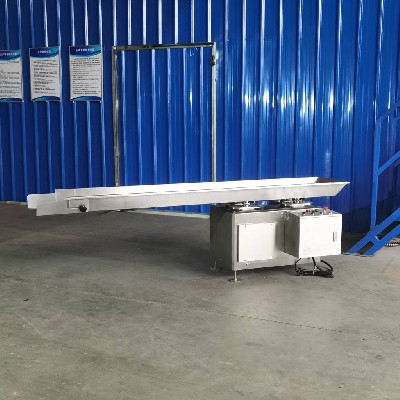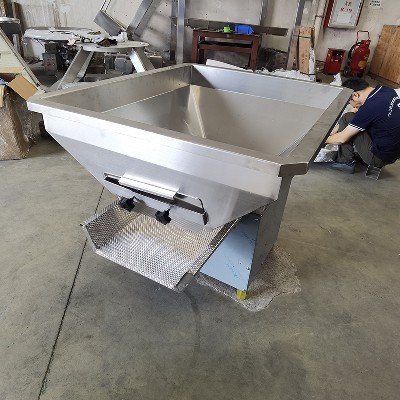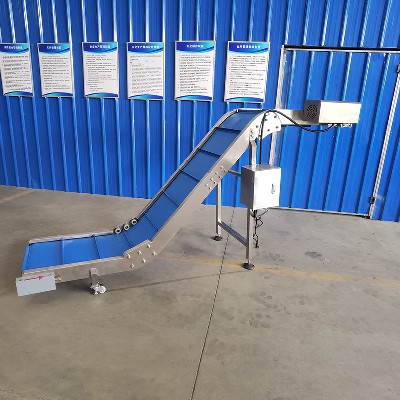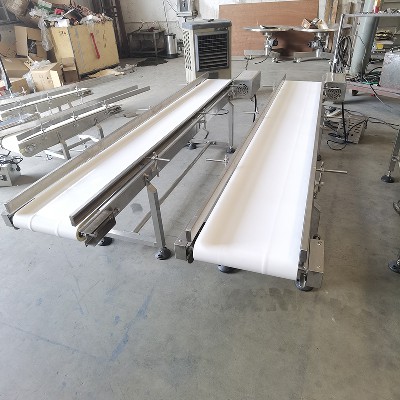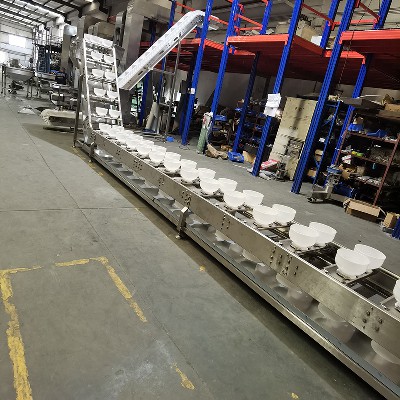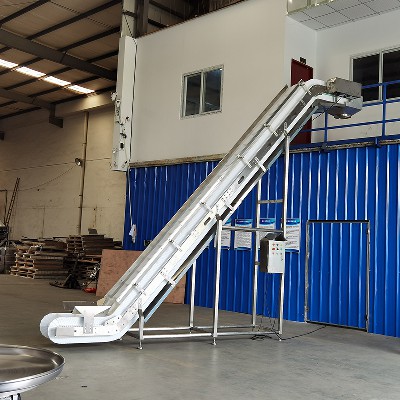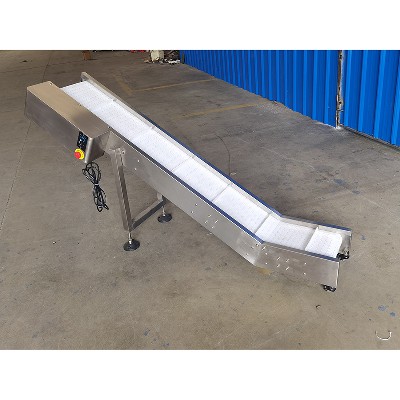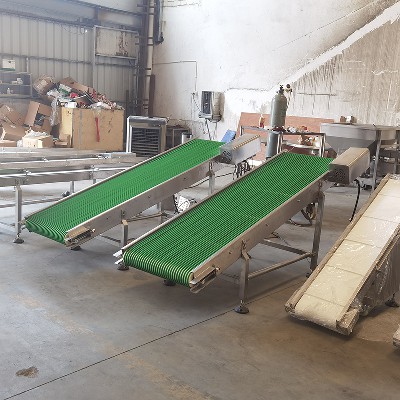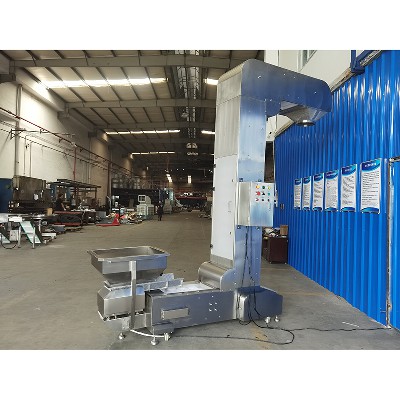- HomePage
- About Us
-
Product
- Horizontal conveyor
- Vibration feeder
- Disc feeder
- Large angle hoist
- products conveyor
- Bucket elevator
- Bowl type elevator
- other
- Large material warehouse
- Packaging production line
- Quick reverse horizontal conveyor
- Disc spiral feeder
- Bottle sorting machine
- Spiral blade conveyor
- Bottle conveyor line
- Potato chip production line
- Disc machine
- Circular storage bin
- Elevator
- Conveyor
- News
-
Video
- Tip Z shaped elevator
- Bucket C-shaped elevator
- Work Platform
- High angle conveyor
- Bowl elevator
- Fast reverse horizontal conveyor
- Spiral van conveyor
- Disc Blender
- Vibration electromagnetic feeder
- Independent chain plate horizontal feeder
- Bottom conveying line
- Belt turning machine
- Products conveyor
- Horizontal conveyor
- Circular spiral distributor
- Vertical belt elevator
- Single bucket elevator
- Flexible chain conveyor
- Packaging System Solutions
- Machining center
- Vibrating combined scale
- Other products
- Alibaba Store
- Contact Us
- HomePage
- About Us
-
Product
- whole
- Horizontal conveyor
- Vibration feeder
- Disc feeder
- Large angle hoist
- products conveyor
- Bucket elevator
- Bowl type elevator
- other
- Large material warehouse
- Packaging production line
- Quick reverse horizontal conveyor
- Disc spiral feeder
- Bottle sorting machine
- Spiral blade conveyor
- Bottle conveyor line
- Potato chip production line
- Disc machine
- Circular storage bin
- Elevator
- Conveyor
- News
-
Video
- whole
- Tip Z shaped elevator
- Bucket C-shaped elevator
- Work Platform
- High angle conveyor
- Bowl elevator
- Fast reverse horizontal conveyor
- Spiral van conveyor
- Disc Blender
- Vibration electromagnetic feeder
- Independent chain plate horizontal feeder
- Bottom conveying line
- Belt turning machine
- Products conveyor
- Horizontal conveyor
- Circular spiral distributor
- Vertical belt elevator
- Single bucket elevator
- Flexible chain conveyor
- Packaging System Solutions
- Machining center
- Vibrating combined scale
- Other products
- Alibaba Store
- Contact Us
- 中文 | English

PRODUCT CENTER


COMPANY PROFILE

The conveyor equipment developed and produced by Zhongshan Xianbang Intelligent Machinery Co., Ltd. closely meets market demand, combines market trends and years of technical experience, and is committed to providing practical guidance for domestic and foreign agents and large, medium, and small manufacturers, saving customers money, effort, and worry; Tailored according to the actual transportation needs of customers' materials, specially customized transportation equipment production lines; Provided cost-effective and labor-saving unmanned and automated production solutions
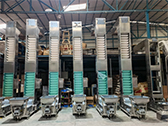


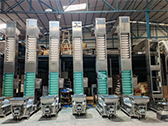
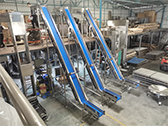


NEWS CENTER


The automation revolution in pellet packaging machine production line: improving efficiency and precision
04/28
2025
Food Belt Conveyor Overview: What is a Food Belt Conveyor
04/16
2025
Automatic packaging machinery for dried strawberries says goodbye to human error, good news for granular food packaging machinery companies
04/09
2025
How to design a food conveyor belt to allow fragile foods such as potato chips to "travel" safely?
04/03
2025
5 key steps for daily maintenance of elevators to extend the life of equipment!

Design requirements for unpowered roller conveyors
05/10
2025
Industry application areas of a fully automatic granule packaging machine
05/07
2025
The development of domestic packaging machinery industry
08/14
2023
What is the market prospect and competitive situation of bucket elevators
08/14
2023
Gain a deep understanding of the variety diversity of large angle hoists






